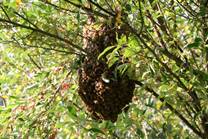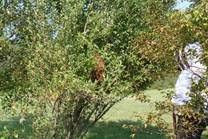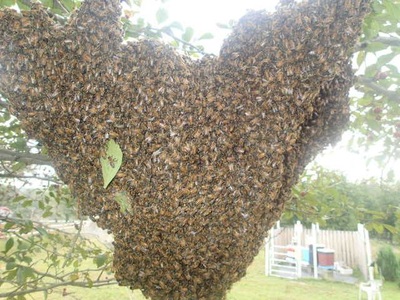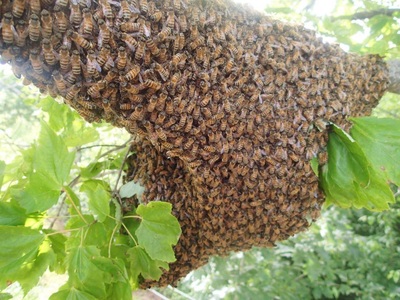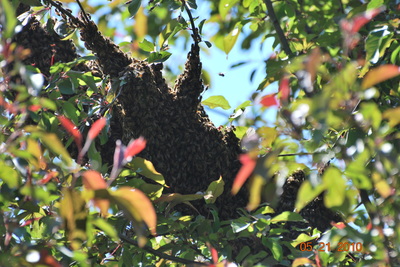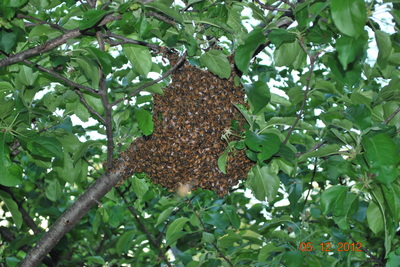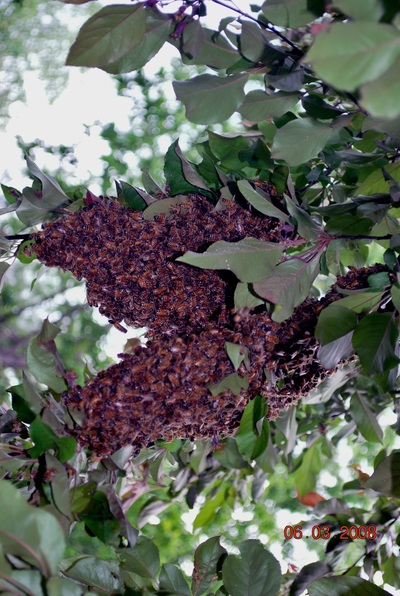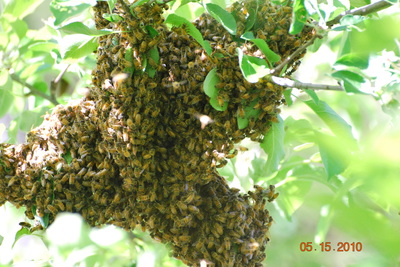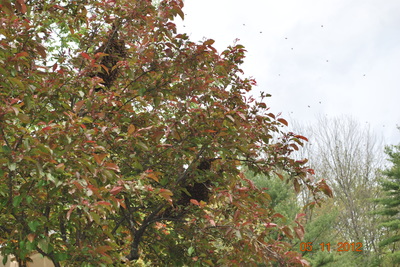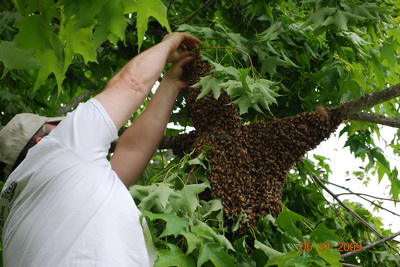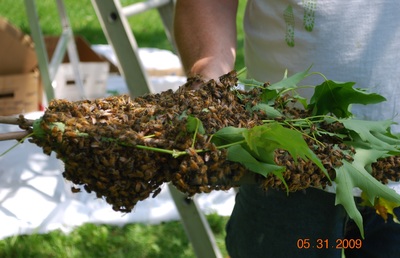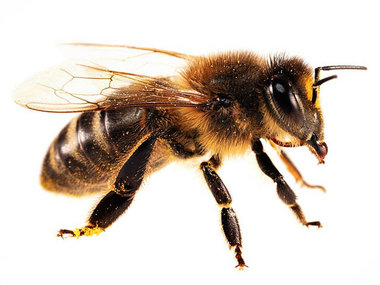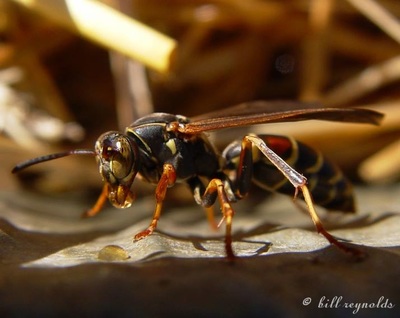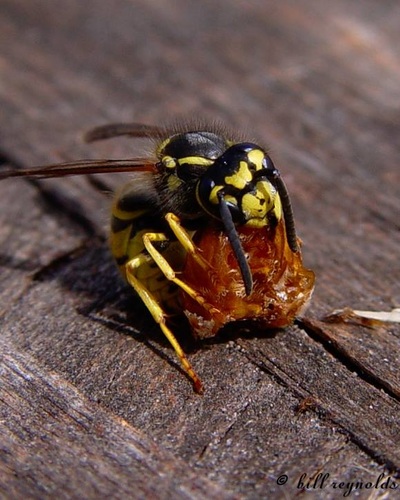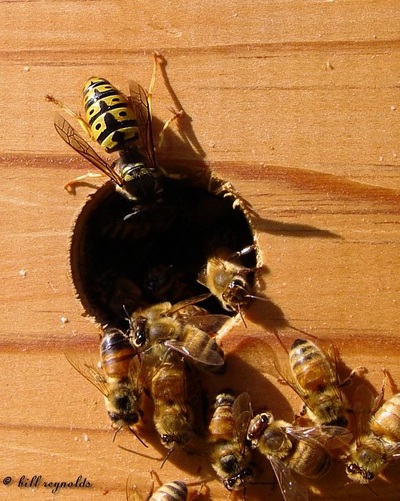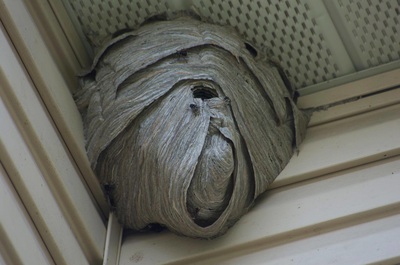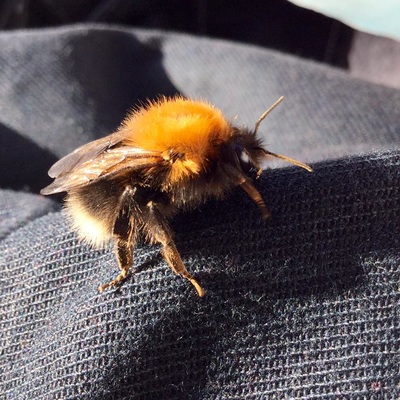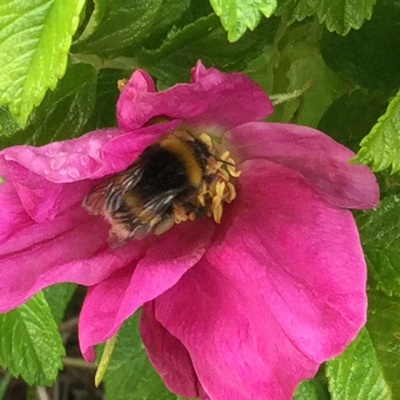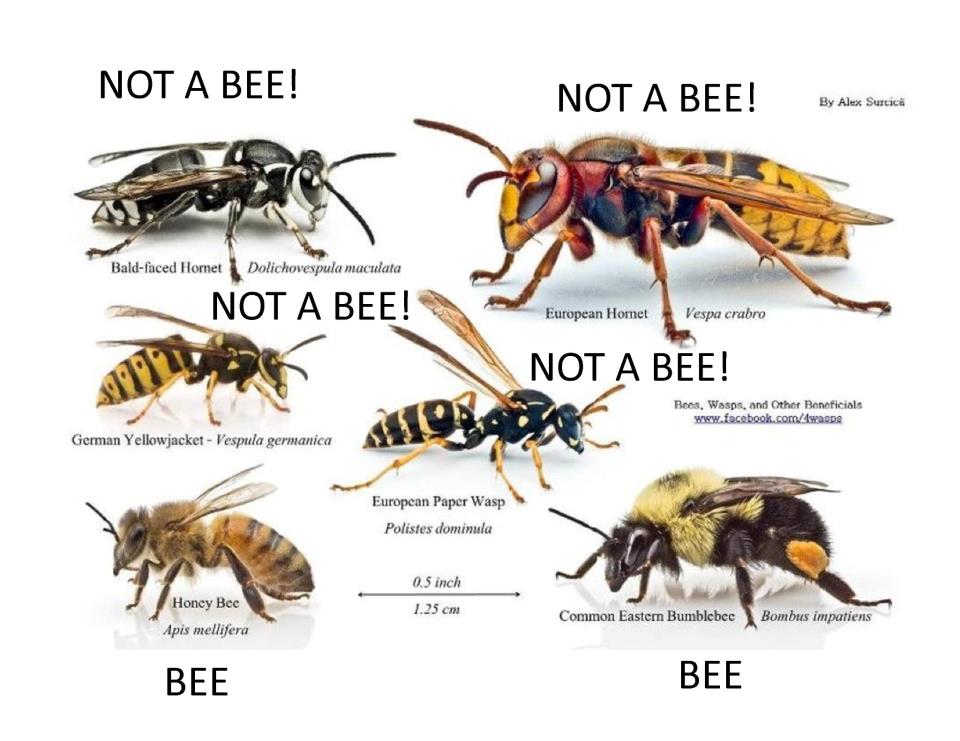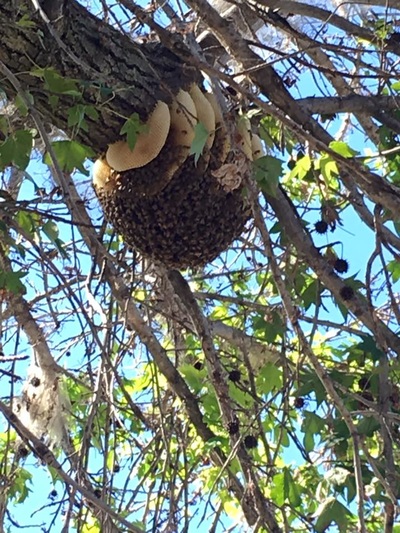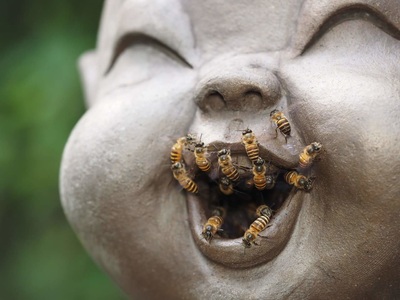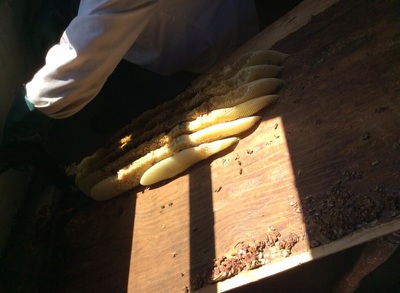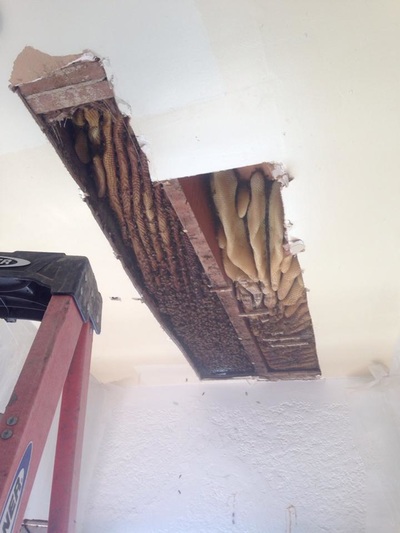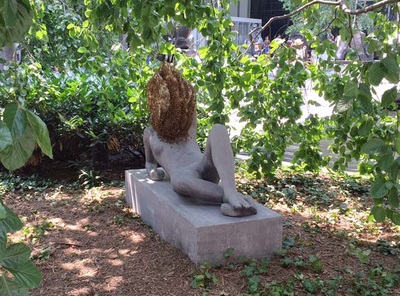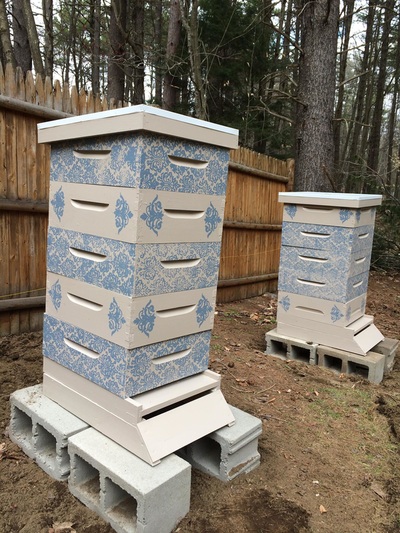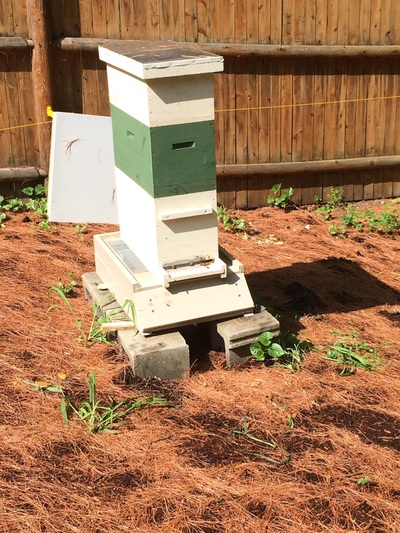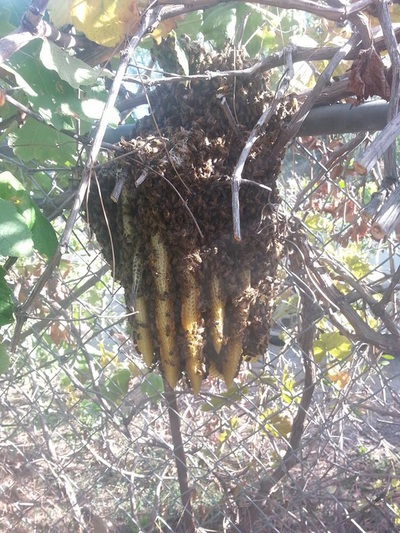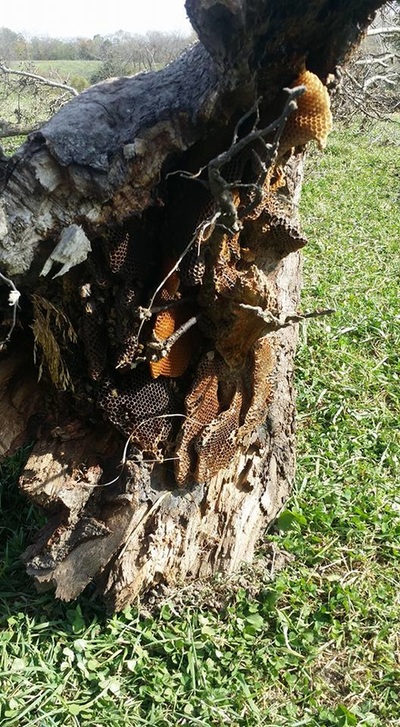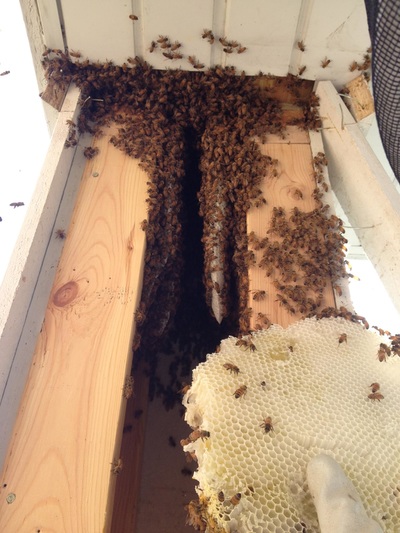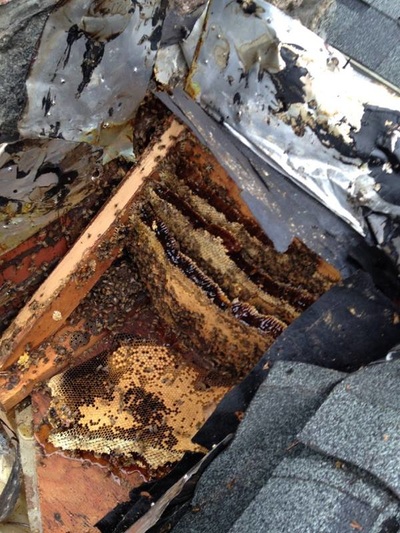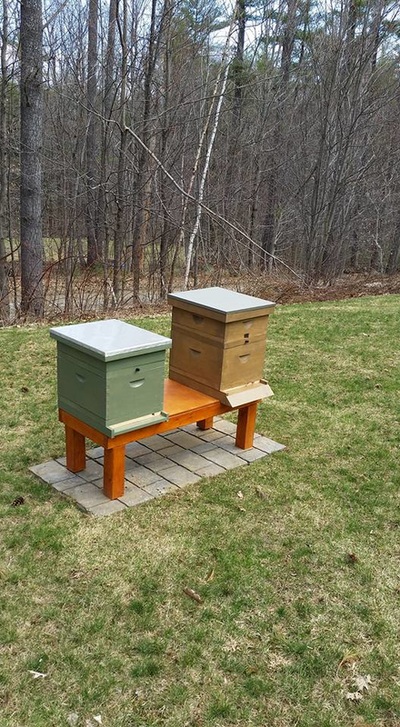If you have a bee swarm please do not spray and kill them. We are happy to send a beekeeper out to get them. Please check out the photos and information below, to be sure what you are seeing is indeed a swarm and then contact either of the individuals listed below.
CABA is not able to take swarm calls at this time. If you have a swarm and need assistance please contact New Hampshire Beekeepers Association
CABA is not able to take swarm calls at this time. If you have a swarm and need assistance please contact New Hampshire Beekeepers Association
So You Think You Have a Swarm... but you're not quite sure...
Bees in a swarm situation are typically not aggressive. They are simply hanging out waiting for the scout bees to come back and let them know where to go. Because they are not in their hives and have no stores of honey to protect they have nothing to defend and while they may fly around, they are unlikely to sting unless you disturb them. A swarm can stay in its cluster from a few hours to a couple of days but they will move on and that is why it is imperative that you call a beekeeper quickly to come and get them.
Most often if you see a swarm it will be hanging in a tree or on a bush but sometimes like the pictures above they will be sitting on an old fence post or the bumper of a car. Please do not kill them or shoo them away. Honeybees are vital to food production and are having a rough time right now. They do not know the dangers that exist for them and we are happy to come and get them and put them safely back into a hive.
Most often if you see a swarm it will be hanging in a tree or on a bush but sometimes like the pictures above they will be sitting on an old fence post or the bumper of a car. Please do not kill them or shoo them away. Honeybees are vital to food production and are having a rough time right now. They do not know the dangers that exist for them and we are happy to come and get them and put them safely back into a hive.
What is a Honeybee?
Unfortunately many people think that any flying yellowish bugs with stingers are honeybees and that is not the case. While these other insects still do pollinate they are not honeybees and we can not come and get them for you.
This is a Honeybee
Note that she is pretty cute and furry. The fur is what makes her a great pollinator as that fur gets covered with pollen as she goes from tree to tree and flower to flower. Note the pointy face and big compound eyes; she is a honey color and remember honeybees are quite small. When a honeybee stings you she dies, so they are generally non aggressive. Most often when they land on you they simply want to taste the salts on your skin with their tongue (proboscis).
These are NOT honeybees
Most of what you see below are are not honeybees. Our honeybee is in the lower left hand corner of the lower chart. This is a very good illustration of color difference and size differences. Some of these guys are very aggressive i.e. hornet and some are not aggressive at all i.e. bumblebee. None the less with the exception of the honeybee, you would need to call pest control to help you with these other insects. Unfortunately we can not come and get a wasp or hornets nest. Below you will find some insects that are mistaken for honeybees. Note on the top right hand picture, the size of the yellow jacket compared to the smaller honeybees. Typically in the fall what we see are almost always yellow jackets.
Where do honeybees live?
They live in hives. In the southern states you might find open air hives where the bees have built comb right onto a branch but in this part of the country they might be in an old hollow tree, or in a shed or in walls, generally they are looking for a small opening that leads into an open space. They are looking for a place that is sheltered from the weather and elements. They do not live in the ground and they don't build paper nests like hornets do. If you run over a nest with your lawnmower they are not honeybees. Here are some lovely photos of beehives. You will see that some are open air hives, some are traditional beekeeper hives, some are hives built into the sides of buildings and sheds.
If you have a hive living in the walls of your home or under a porch or in the attic or any other such place it is even more important that you call an experienced beekeeper to come and get those bees. If you kill those bees without removing the hive you will have rotting bees, larva and honey still within the walls of your home, and you have killed the bees that are so very important to our survival. Imagine how many critters will be interested in finding that honey and will be attracted to the rotting smell. The fact is that you will still need someone to come and remove the hive whether the bees are dead or not so why not just call a beekeeper to come and clean it out and save the bees at the same time.
If you think you have a swarm of honeybees please give us a call or shoot us a text. We will ask for photos so that we can positively ID them before we send out a beekeeper. We can only come out for honeybees as that is where our expertise lies.
If you think you have a swarm of honeybees please give us a call or shoot us a text. We will ask for photos so that we can positively ID them before we send out a beekeeper. We can only come out for honeybees as that is where our expertise lies.
Site powered by Weebly. Managed by FatCow
